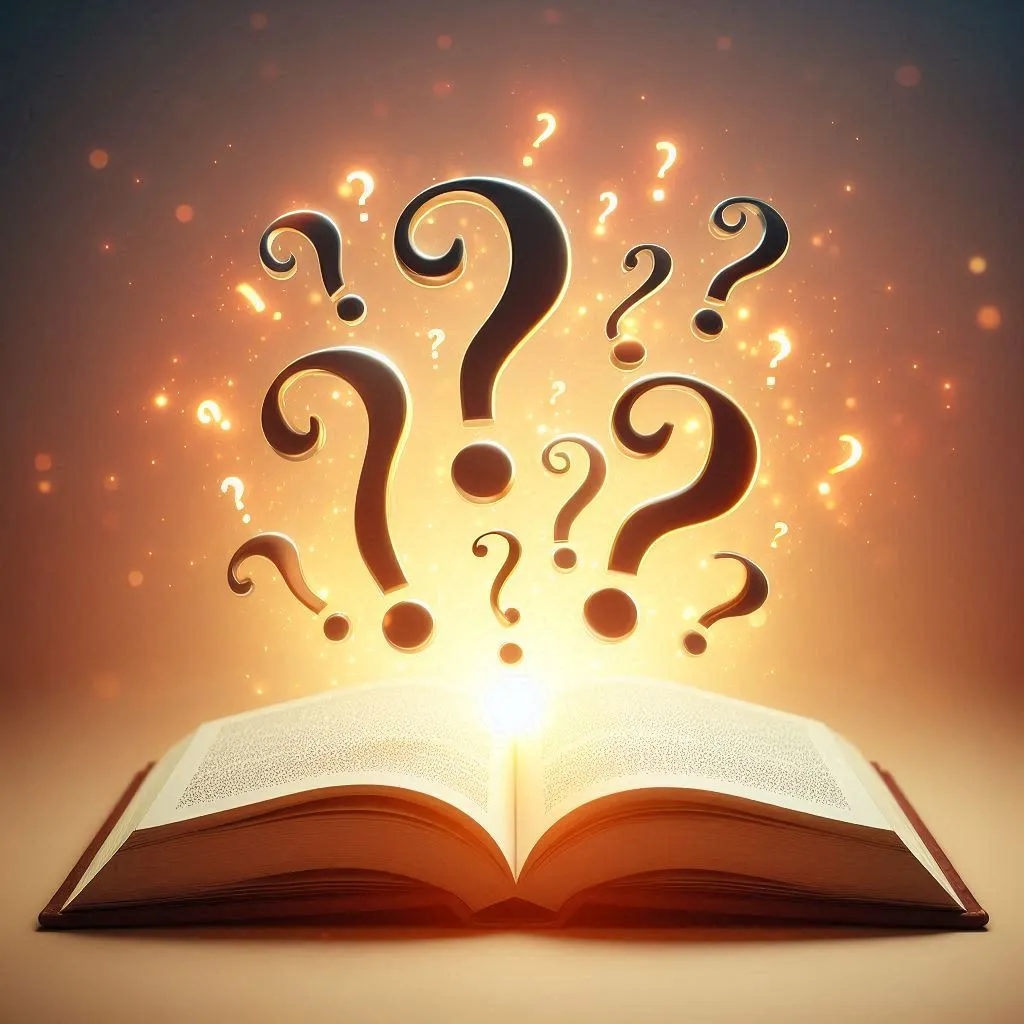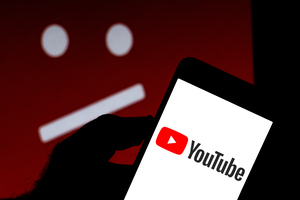Why Punctuation Still Matters in a Digital Age
We live in a world where emojis often replace words, and punctuation seems like an afterthought. But does it still matter? Absolutely. A well-placed comma or a period can make all the difference between being clear and causing confusion.
Think about texting your friend, “Let’s eat, grandma,” versus “Let’s eat grandma.” It’s not just grammar nerds who care – punctuation shapes how we communicate daily.
Curious to explore why these tiny marks are still essential? Let’s break it down together.
How Punctuation Shapes Meaning in Everyday Messages
Punctuation works like road signs for language. It guides readers, shows pauses, and signals tone or intent. Without it, sentences turn into a mess of words without direction.
For example, “Let’s celebrate John,” and “Let’s celebrate, John,” mean entirely different things. One makes John the reason for celebrating; the other invites him to join in! These tiny marks help us avoid misunderstandings.
Digital tools like a punctuation checker simplify this process. They catch overlooked mistakes that might change meaning unintentionally – helpful whether you’re drafting emails or writing captions on social media.
Even though technology speeds up communication, proper punctuation ensures we don’t lose clarity along the way. Simple adjustments make sure our messages are understood just as we intend them to be.
Punctuation Pro-Tip: When deciding between “its” and “it’s,” remember: “it’s” always means “it is” or “it has.” If you can’t replace it with those phrases, the correct choice is “its”!
Why Misplaced Commas Can Lead to Confusion
A comma might seem small, but its placement carries significant weight in how your message is received. Imagine texting someone “I’m sorry I love you.” Is it an apology? Or a confession? Adding just one comma clears everything up: “I’m sorry, I love you.”
The same thing happens when commas vanish from lists or separate ideas poorly: “We invited dancers Justin Timberlake and Madonna” suggests only two people performed – but maybe those performers were three distinct entities?
Here’s where tools step in again! A reliable punctuation checker not only spots errors but explains them too. Learning these nuances helps young learners grasp why paying attention matters – even online!
Correctly placed commas aren’t about being formal; they’re about respect for context and understanding between people communicating every day across platforms large and small alike!
How Young Audiences Use (and Misuse) Punctuation Online
In the age of texting, punctuation often takes a backseat. Young audiences love to communicate quickly, sometimes skipping commas or periods altogether. “Whats up” might save a second but can leave room for misinterpretation.
Still, many use punctuation intentionally – like how ellipses (…) or all caps can set the tone. For example, “okay…” feels hesitant, while “OKAY!” screams excitement. Even on TikTok or Instagram captions, users play with these marks to convey mood without spelling it out.
But here’s the thing: not every context forgives missing punctuation. A casual text might slide by fine, but try submitting a school essay riddled with run-on sentences and you’ll see why clarity matters! Using a trusted punctuation checker helps bridge this gap for young learners between playful digital shorthand and more formal communication needs.
Punctuation isn’t just about following rules; it’s about making sure people truly understand what you’re saying – even when it’s brief!
Common Mistakes and Simple Fixes for Better Writing
Some mistakes pop up so often they’ve become almost universal: missed commas in long sentences or apostrophes thrown into plurals where they don’t belong (“apple’s” instead of “apples”). These slip-ups make writing harder to read.
Here’s an easy fix: slow down before sending your message or turning in your work! Read aloud what you’ve written – it helps catch things that don’t sound quite right. If you’re unsure whether it’s “its” or “it’s,” double-checking won’t hurt either.

Even better? Start using resources designed to guide good habits early on! A dependable punctuation tool flags errors and provides explanations so you learn as you go along – not just correct blindly.
Good writing doesn’t need flashy words – it needs clarity that connects directly with readers. Little tweaks go a long way toward achieving this goal effortlessly!
Why Small Details Like Punctuation Will Always Matter
In a fast-paced, digital world, it’s easy to overlook the finer points of communication. But punctuation – those small marks we often take for granted – remains vital. It ensures our messages are understood clearly, whether in a heartfelt text or a professional email.
Paying attention to these details shows care and intention behind your words. A simple comma or period can prevent confusion and foster connection.
So yes, even in 2025, punctuation still matters – and always will!




